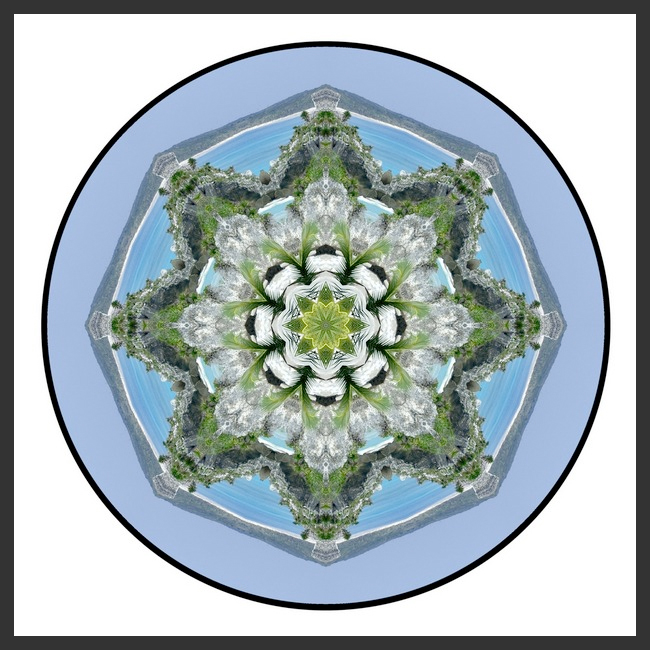 I love ancient ruins and I’m not exactly sure why. I suppose the mystery behind their history is very intriguing to me. No one fully knows or understands how sites like the Pyramids of Egypt, the ruins of Machu Picchu, and the temples of Tikal were constructed. And we have to rely on cryptic carvings and broken pottery to piece together how they communicated and lived. I guess I love that in their presence, your imagination is kicked into overdrive envisioning how they looked during the peak of their existence and what activity might have been happening around you.
I love ancient ruins and I’m not exactly sure why. I suppose the mystery behind their history is very intriguing to me. No one fully knows or understands how sites like the Pyramids of Egypt, the ruins of Machu Picchu, and the temples of Tikal were constructed. And we have to rely on cryptic carvings and broken pottery to piece together how they communicated and lived. I guess I love that in their presence, your imagination is kicked into overdrive envisioning how they looked during the peak of their existence and what activity might have been happening around you.
So it’s no surprise that many of my trips are based around visiting ancient ruins. In March of 2006, Michael and I set off for a week of exploring the Yucatan Peninsula. We based ourselves in the small coastal town of Tulum. From there we visited the well-known Chichen Itza ruins, whose vast grounds are kept immaculate. In contrast, the ruins of Coba are still partially covered in tree roots and soil, which is much more to my liking. Plus, we were still able to climb some of them, which is always a fun challenge as their stairs are very deep and shallow.
But it was the small coastal ruins in Tulum itself that intrigued me the most. All other ruins I have ever visited have been buried in the middle of a jungle. But here on the cliffs overlooking the Caribbean Sea sits this ancient port city. I found the location made the setting come alive, despite the fact that crumbling buildings surrounded us. And I loved the vibrancy of the green foliage and the topaz-blue seas against the charcoal gray of the ruins.
And because of this, the ruins of Tulum surprisingly inspired this lively mandala.
